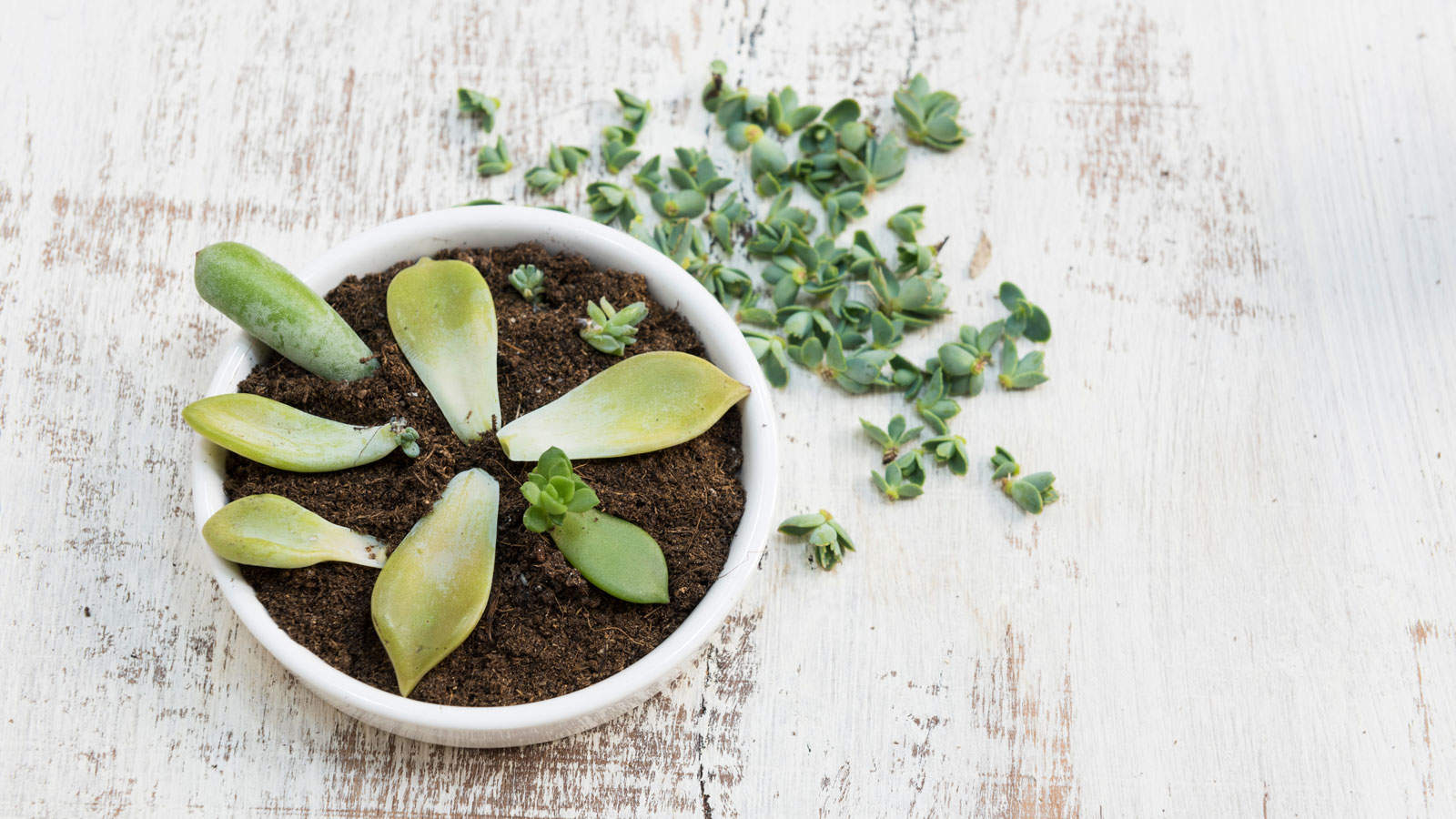Have you ever noticed an unusual change in your succulent's color?
While it's normal for these plants to undergo slight color variations due to environmental factors, drastic changes may cause concern.

Are these changes normal or a sign of something more serious? Find out what causes these changes and how to keep your succulents healthy and thriving.
Why Color Change in Succulents Is Not Always Good
Succulents can get stressed if there's a big change in light, temperature, watering practices, and soil. Understanding these signs is crucial for maintaining their health.
Too Much or Lack of Sunlight
Succulents need ample light to flourish. Too much sunlight often leads to leaves turning yellow, brown, or even red. This is a defense mechanism against harsh rays.
Meanwhile, insufficient sunlight can cause succulents to become pale, leggy, and elongated as they stretch toward the light.
Ideally, you'll want your succulents to receive six or more hours of bright, indirect light daily.
If natural light is limited, consider using a grow light for 14-16 hours, positioned 6-12 inches above the plant.

Temperature Fluctuations
Similarly, temperature fluctuations can lead to color changes in your succulent, especially if exposed to cold temperatures or too much rain.
When succulents are exposed to high temperatures, they may develop a condition called sunburn. This can cause their leaves to change color, usually turning red or brown.
On the other hand, cold temperatures can also cause color changes in succulents.
Some succulents, like Aloe, can become more colorful in cold weather. However, extended exposure to freezing temperatures, especially in outdoor succulents, can result in frost damage.
You may notice your plant's leaves turning black or becoming mushy.
Here's what you can do to prevent these issues potentially:
- Aim to keep the area where your succulents are as stable as possible, ideally between 55°F and 75°F.
- In cold weather, move your succulents away from cold windows. In hot weather, give them some shade.
- Also, keep your succulents where they won't get rained on, especially during heavy downpours.
Over and Underwatering
Watering practices can also contribute to stress in your succulents. Too much can make succulent leaves yellowing and mushy, while insufficient water leads to wrinkled, dry leaves.
Water succulents thoroughly when the soil is completely dry, which is typically once a week during summer and every two to three weeks in winter.
Dead Soil
Dead soil can be tricky to identify. However, you might notice your succulent dropping leaves or changing color, even if it's getting proper sunlight and water.
Enriching the soil can help. Consider using a specialized succulent or cactus mix formulated to provide the right balance of nutrients.

This mix typically contains perlite, peat moss, and coarse sand to ensure proper drainage and aeration, which is key for succulent health.
Occasionally, using a succulent-specific fertilizer can replenish lost nutrients. However, be cautious with the quantity and frequency to avoid over-fertilization.
Root Bound
Notice red, yellow, or black leaves on your succulent? Along with droopy stems and dry soil, these are signs it might be too cramped in its pot.
The leaves may feel softer, and the bottom of the plant could be crispy or pruney, indicating it's time to consider repotting.
Repotting into a larger container can provide the necessary room for the roots to grow, improving your succulent's overall health and appearance.
Remember to use a pot with good drainage and appropriate soil mix for succulents to ensure the best growth conditions.
Pest Infestation
Pest infestations can also cause color changes in succulent leaves. This occurs primarily through the action of sucking insects like aphids, scale insects, and mealybugs.
These pests remove sap from plant tissues, leading to wilting, stunting, and discoloration.
Mealybugs, in particular, create cottony masses on leaves and stems. They exude a sticky honeydew, which can cover the lower leaves.
If you suspect that pests have infested your plant, here are the necessary steps to take:
- Check your succulents regularly for signs of pests.
- Prevent the spread of pests by isolating affected plants.
- Use Insecticidal Soap or Neem Oil. These are effective, plant-friendly options to treat pest infestations.
- Gently wipe them off with a cotton swab dipped in rubbing alcohol if your plant has mealybugs.
- Finally, only water when the soil is completely dry. Moisty soil can attract pests and create a hospitable environment for them.
If you're considering Neem Oil for pest control in your succulents, our article on the dos and don'ts of using pest control oils offers easy-to-follow tips and detailed advice.
Making Sure Your Succulents Aren't Exhibiting Symptoms of Stress
While it's true that color changes in succulents can be a natural aspect of their growth, they can also serve as silent alarms of underlying issues.
Paying attention to your succulents and acting quickly if they seem unhealthy is the best way to make sure they stay happy and colorful.
So, always keep an eye on them and act fast when needed!

